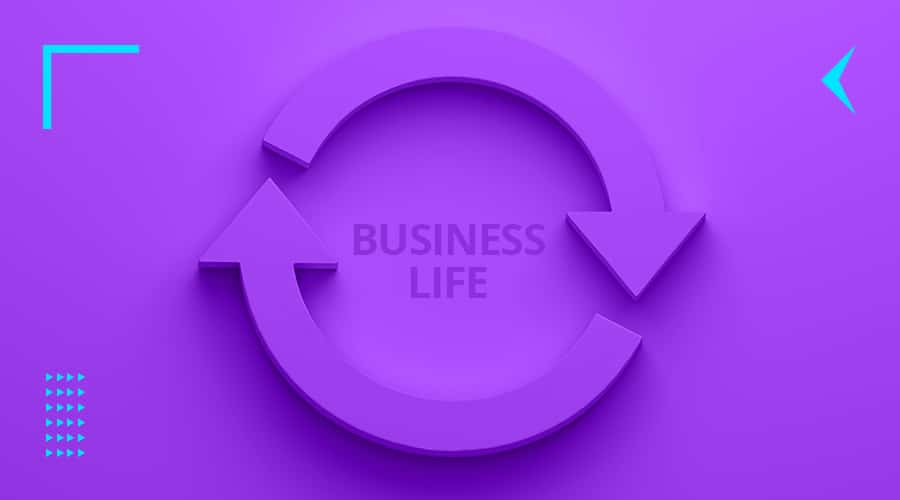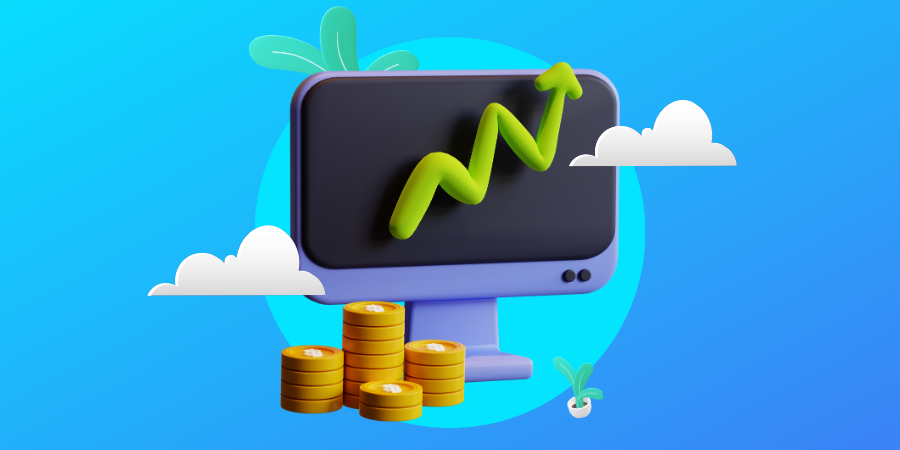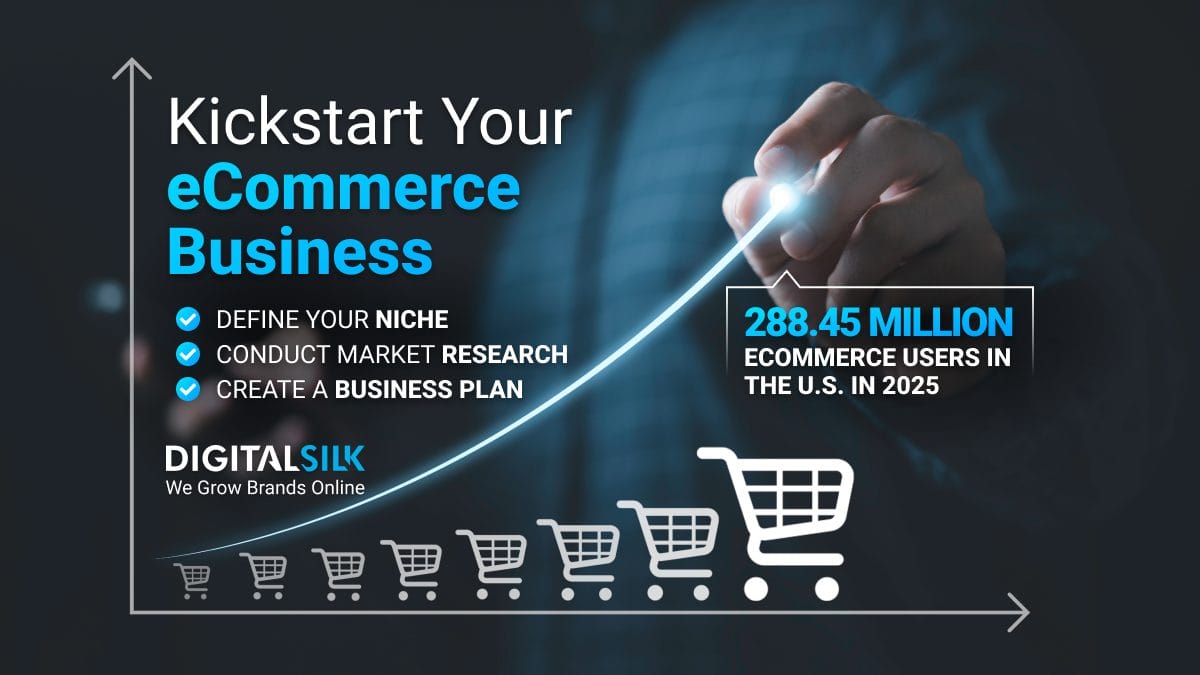The stages of business growth often look different across the board.
Some experts recognize four stages of business growth, while others recognize five.
Some equate the birth of a startup with the birth of a business idea, while others do not acknowledge the period before seed funding and an initial customer base.
So why is there no clear-cut definition of the stages of business growth?
Because businesses are unique, living entities. They have unique origins, leaders and structures, visions and evolutionary paths.
However, much like any other living entity, each business is likely to go through some common stages of growth.
In this post, we’ll explore different perspectives on a typical business evolution process, then go through the most common stages of business growth.
Finally, we will highlight the challenges of each stage, as well as the key areas to focus on.
Work with our consultants. Request a quote
Stages Of Business Growth vs. Business Life Cycle
You’ll find that the terms ‘stages of business growth’ and ‘business life cycle’ are either used interchangeably or as a combination.
But if you comb through the discussions around these terms in the business community, you’ll notice that they represent two different schools of thought or perspectives on the evolutionary path of an average business.
Entrepreneurs and SME owners who strive to build a legacy, as opposed to a sellable asset, tend to perceive their brand through the growth perspective. They look for strategies that will keep their brand relevant in the long term.
Serial entrepreneurs, on the other hand, tend to perceive entrepreneurial ventures through the life cycle perspective. Their goal is to grow a brand and sell it at its peak to maximize profits.
Let’s look at the first approach to business growth.
Speak with our experts. Set Up A Consultation
4 Company Growth Stages
The growth perspective focuses on the stages that take a newly founded brand from the startup phase to a large enterprise where the business becomes a household name.
In this case, the four stages of business growth are the following:
1. Startup
The startup stage, in this case, would begin with a minimum viable product (MVP).
This is the stage where you’ve created a product or launched a service that is unique and answers your target market’s needs.
You’ve invested your money, energy and time into this idea and you have a clear vision of where you want your brand to be in five or ten years.
At this point, you have a very small core team of multitalented individuals whose responsibilities are not strictly limited to their roles. Your business is new and needs as much fuel as you and your team can provide.
Goal: To build a strong team and a customer base who can turn into brand advocates.
Challenge: The money is tight and you are still not making a profit.
What to focus on:
- Recruiting the best talent possible: These are the people who will define your corporate culture and build the foundation of your brand. You need a staff that is ready to roll up their sleeves and show enough passion to power you through this difficult stage of growth.
- Establishing processes and following them with discipline: Pretty soon, your team will start growing, hopefully doubling or tripping in size. Your organization will need a more elaborate structure to sustain this growth and the only way to keep everyone on the same page is to establish clear processes from the get-go. Your processes will evolve and you need to ensure that your teams receive proper and timely training with each change, and you need to ensure your management follows through the adoption of each process.
- Targeting early adopters: Rather than spread your marketing resources thin across multiple target groups, identify the customers you can convert into advocates and invest in them. 83% of your customers trust the recommendations of the people they know. Focusing on acquiring and nurturing your first few customers is an effective way of growing your customer base.
- Establishing a customer-centric culture: Speaking of loyalty and advocacy, 69% of US consumers find their experience of customer service crucial for their loyalty to a brand. Invest your time and resources in grooming your relationships with your initial customer base.
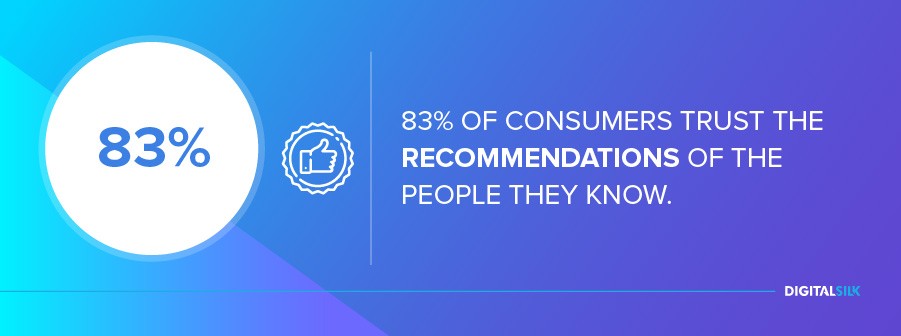
2. Growth Or Scaleup
By this point, you’ve already grown your customer base and started entering the green zone profit-wise.
Your team has grown significantly. It has structure and established processes.
You are getting some attention within your industry and there is some indication of growing brand awareness.
Goal: To invest in growing brand awareness and recruit seasoned executives.
Challenge: Gaining an edge over your competitors and keeping up with your business’ growth.
What to focus on:
- Recruit top-class executives: Get at least one or two seasoned C-level executives with a proven track record of growing new businesses, preferably those in your lane. Relying on their experience and insight will save you some trial and error and help you fast-track your go-to-market process. These leaders will also help you enhance your offering, sharpen your unique value proposition (UVP) and optimize your marketing efforts.
- Define the roles and hire experts: By now, your existing team should have clear roles and responsibilities to maximize the quality of their input. Your recruitment efforts should follow this trend; Define specific roles and find the experts who are qualified to perform them.
- Outsource the non-core activities: To ensure every aspect of your business receives the best quality treatment while keeping you agile and focused, outsource the non-revenue generating activities. Whether it is digital marketing or accounting, employ the services of specialists rather than dilute your focus and funds on in-house experts.
- Invest in branding and marketing: Speaking of digital marketing, the final step to getting ahead of your competition and growing your customer base is to make a trusted name out of your business. Focus on growing brand awareness and retention by investing wisely in different strategies, channels and campaigns. Research and let relevant data guide you in the process.
Our experts can help. Schedule a Consultation
3. Expansion
At this stage, you are running a profitable organization.
You have a strong leadership team and an elaborate organizational structure. Your brand is known both within your industry and your target market(s).
Goal: To expand your market share.
Challenge: Maintaining your revenue stream and addressing the growing demand of your customers.
What to focus on:
- Treat your business as vulnerable: With revenues growing rapidly, many entrepreneurs get overconfident and focus on expansion alone. To maintain stability, keep your attention equally distributed between your organization, product/service portfolio and growing your customer base.
- Find new opportunities for revenue growth: The most popular ways of diversifying and growing revenue sources are:
- Evolving the business model to offer more accessible options.
- Introducing your brand to new markets whether locally or abroad.
- Introducing add-ons and/or versions of your offering that cater to new markets.
- Growing brand equity to capitalize on prestige or relevance to new markets.
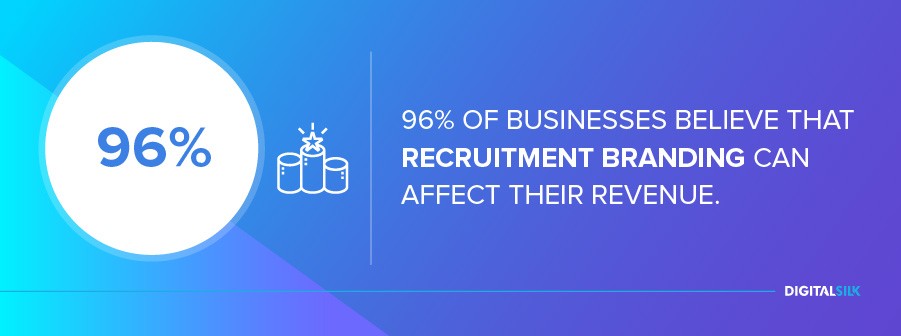
4. Maturity
The final stage of the business growth process is the maturity stage.
This stage occurs when businesses have created their household brands, built a self-sustaining organization and maximized their market share.
While there is a sense of security that comes with being established in your niche, most medium to large organizations struggle with overcoming the challenges that this stage brings.
Goal: To reinvent your business to ensure that it stays relevant.
Challenge: Lack of enthusiasm for innovation; getting out of your comfort zone.
What to focus on:
- Evolve the organizational structure to promote innovation: Successful large enterprises build divisions dedicated to innovation and incubation of new ideas within the family of their business. This approach provides a constant influx of fresh perspectives necessary to keep the brand relevant in fast-changing markets.
- Intrapreneurship: Hire entrepreneurs capable of running the innovation centers within your organization.
- Invest in internal and recruitment branding: 96% of businesses believe that recruitment branding can affect their revenue. Positioning your organization as a great place to work will help you attract and retain the best talent on the market, as well as improve your cash flow.
- Build customer loyalty: A 5% increase in customer retention can increase profitability by as much as 75%. Loyal customers can not only provide a source of sustainable income, it costs less to retain them than to attract new ones, and a small increase in their loyalty can boost your profits significantly.
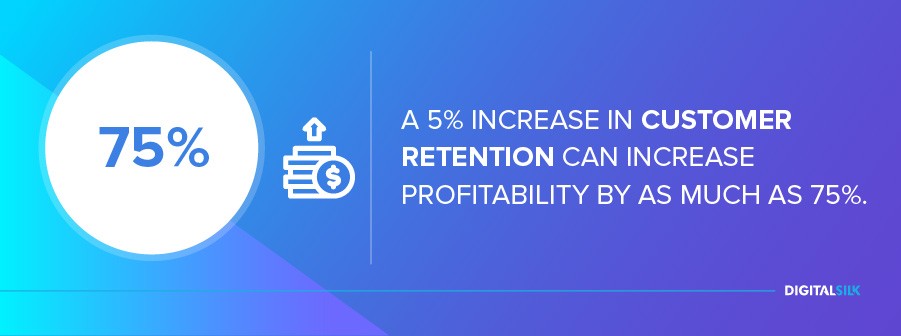
4 Stages Of Business Growth Summarized
Focusing on business growth alone, the key takeaways across all stages include:
- Build a strong core team
- Earn customer loyalty
- Never lose sight of your product or service, no matter how successful your brand gets
- Outsource non-core activities
- Maintain agility across all stages
- Foster the spirit of innovation
Perceive these stages as generic representations of a business’s evolution.
With that in mind, do not get discouraged if your organization has deviated from this path.
The truth is: Most journeys zigzag and the path to success is more of a labyrinth than a highway.
You can, however, learn from this oversimplified model of growth. Business models are always evolving, this year we have seen significant growth in subscription-based businesses.
Thanks to the important weight they have acquired, a new movement has been born: Subscronomics. This term speaks of the crucial role that technology has in models based on recurring revenues.
Whether you are a serial entrepreneur or an aspiring one, these stages will help you groom an attractive brand. But, you may want to focus more on the business life cycle approach. We’ll write more on this topic later.
And of course, it almost goes without saying that your product or service portfolio should offer unique value to your customers and evolve as their needs do.
"*" indicates required fields




